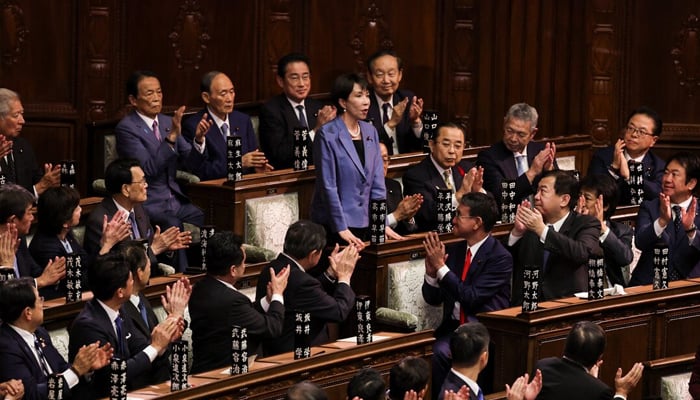Select Language:
Sanae Takaichi, a staunch conservative, is poised to become Japan’s first female prime minister following a decisive vote in the lower house of Parliament. A close supporter of former Prime Minister Shinzo Abe and an admirer of Margaret Thatcher, Takaichi secured 237 votes out of 465, surpassing the majority needed to lead the country. Her victory signifies a breakthrough in a society where men predominantly hold power and signals a notable shift toward the political right in Japan.
Her rise comes after her Liberal Democratic Party (LDP), which has been Japan’s ruling party for most of the postwar era, formed a coalition with the Japan Innovation Party, a right-wing political group known as Ishin. It’s anticipated that the less influential upper house will confirm her appointment, and she is expected to be sworn in later today as Japan’s 104th Prime Minister, succeeding Shigeru Ishiba, who stepped down last month to accept responsibility for recent electoral setbacks.
However, her appointment is unlikely to be viewed as a move toward progressive policies; instead, it marks a conservative shift, particularly on issues like immigration and social policy. After enduring years of economic stagnation, Japan currently faces rising inflation, which has fueled public frustration and increased support for opposition parties, including the far-right Sanseito.







